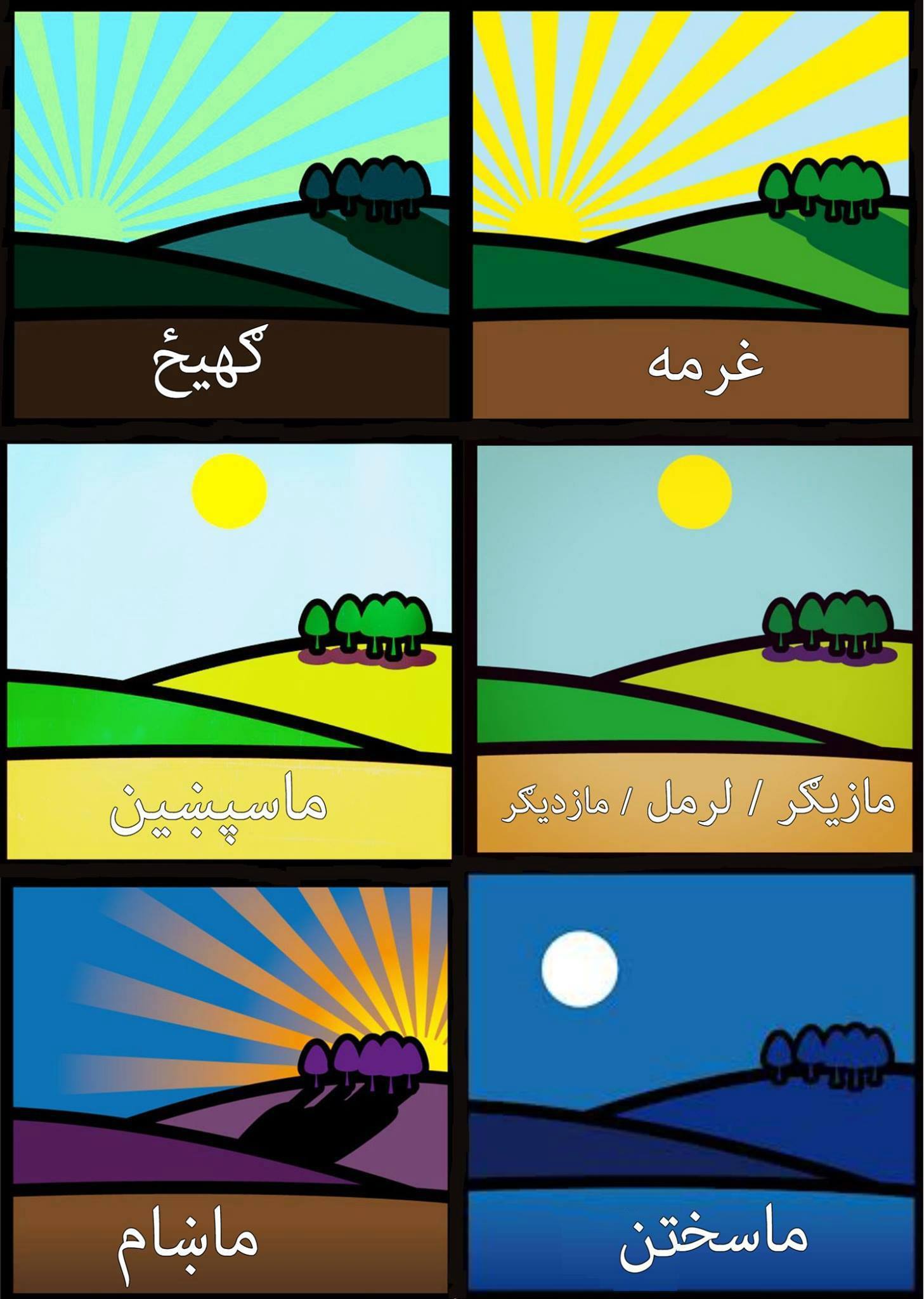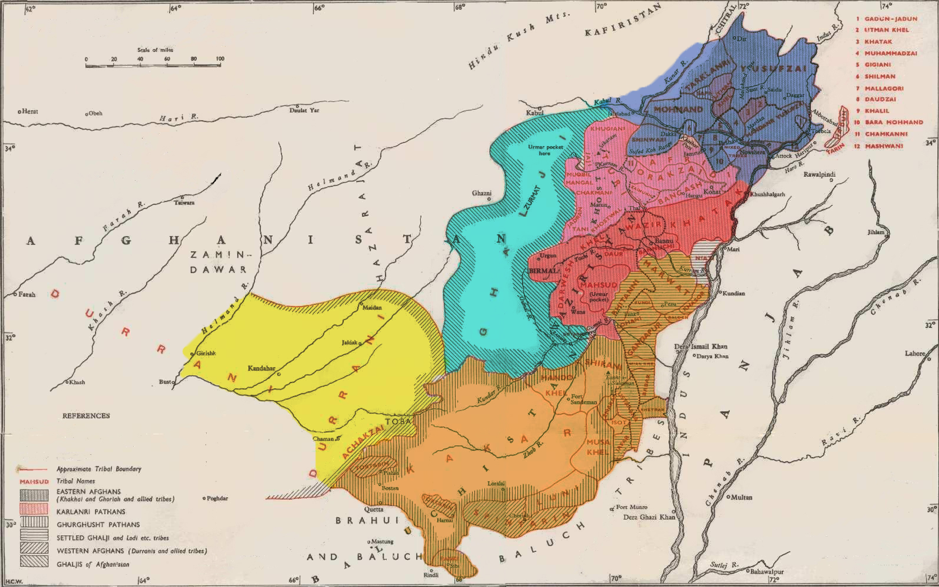|
Pashto
Pashto ( , ; , ) is an eastern Iranian language in the Indo-European language family, natively spoken in northwestern Pakistan and southern and eastern Afghanistan. It has official status in Afghanistan and the Pakistani province of Khyber Pakhtunkhwa. It is known in historical Persian literature as Afghani (). Spoken as a native language mostly by ethnic Pashtuns, it is one of the two official languages of Afghanistan alongside Dari, Constitution of Afghanistan �''Chapter 1 The State, Article 16 (Languages) and Article 20 (Anthem)''/ref> and it is the second-largest provincial language of Pakistan, spoken mainly in Khyber Pakhtunkhwa and the northern districts of Balochistan. Likewise, it is the primary language of the Pashtun diaspora around the world. The total number of Pashto-speakers is at least 40 million, (40 million) although some estimates place it as high as 60 million. Pashto is "one of the primary markers of ethnic identity" amongst Pashtuns. Geograph ... [...More Info...] [...Related Items...] OR: [Wikipedia] [Google] [Baidu] |
Pashtuns
Pashtuns (, , ; ;), also known as Pakhtuns, or Pathans, are an Iranian peoples, Iranic ethnic group primarily residing in southern and eastern Afghanistan and northwestern Pakistan. They were historically also referred to as Afghan (ethnonym), Afghans until 1964 after the term's meaning had become a demonym for all citizens of Afghanistan regardless of their ethnic groups in Afghanistan, ethnic group. The Pashtuns speak the Pashto, Pashto language, which belongs to the Eastern Iranian languages, Eastern Iranian branch of the Iranian languages, Iranian language family. Additionally, Dari serves as the second language of Pashtuns in Afghanistan, while those in Pakistan speak Urdu and English. In India, the majority of those of Pashtun descent have lost the ability to speak Pashto and instead speak Hindi and other regional languages. There are an estimated 350–400 Pashtun tribes, Pashtun tribes and clans with a Theories of Pashtun origin, variety of origin theories. In 2021 ... [...More Info...] [...Related Items...] OR: [Wikipedia] [Google] [Baidu] |
Pashto Dialects
Pashto dialects ( də Pəx̌tó žәbgóṭi) can be divided into two large varieties: Northern Pashto and Southern Pashto. Each of the two varieties of Pashto is further divided into a number of dialects. Northern Pashto is spoken in eastern Afghanistan, and central, northern and eastern Khyber Pakhtunkhwa (including Peshawar). Southern Pashto is spoken to the south of it, in southern and western Afghanistan (including Kandahar), southern Khyber Pakhtunkhwa and northern Balochistan (including Quetta). 'Ethnologue' divides Pashto into Northern, Southern and Central Pashto, and Wanetsi. Overview According to David Neil MacKenzie, a consonant shift took place in the northern parts of Pashtunistan in several phases in the medieval era. During the shift, the retroflex fricative ''ṣ̌'' changed to ''x̌'' or to ''x'' , while ''ẓ̌'' changed to ''ǵ'' or to ''g'' . That is supported by the linguist Georg Morgenstierne's assertion that the Pashto script developed in th ... [...More Info...] [...Related Items...] OR: [Wikipedia] [Google] [Baidu] |
Pashto Alphabet
The Pashto alphabet () is the right-to-left script, right-to-left abjad-based alphabet developed from the Persian alphabet, Perso-Arabic script, used for the Pashto, Pashto language in Pakistan and Afghanistan. It originated in the 16th century through the works of Pir Roshan. Form Pashto is written in the Arabic Naskh (script), Naskh. Pashto uses all 28 letters of the Arabic alphabet, and shares 3 letters (, , and ) with Persian alphabet, Persian in the additional letters. Differences from Persian alphabet Pashto has several letters which do not appear in the Persian alphabet, which are shown in the table below: All the additional characters are derived from existing Arabic letters by adding diacritics; for example, the consonants ''x̌īn/ṣ̌īn'' and ''ǵe/ẓ̌e'' look like Arabic's ''sīn'' and ''re'' respectively with a dot above and beneath. Similarly, the letters representing retroflex consonants are written with a small circle (known as a "panḍak", "ğaṛw ... [...More Info...] [...Related Items...] OR: [Wikipedia] [Google] [Baidu] |


